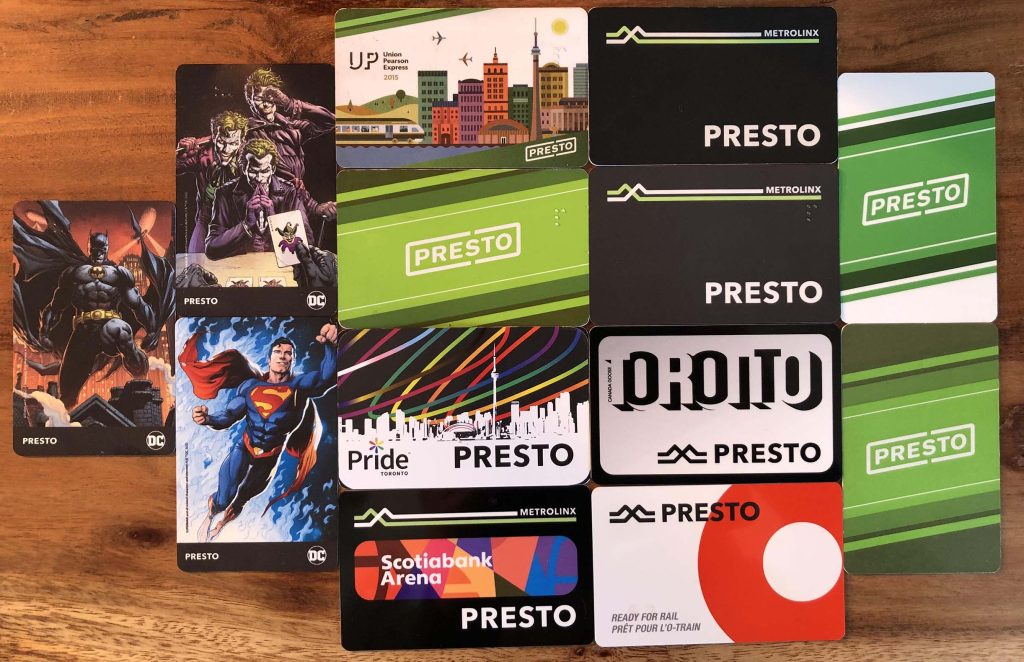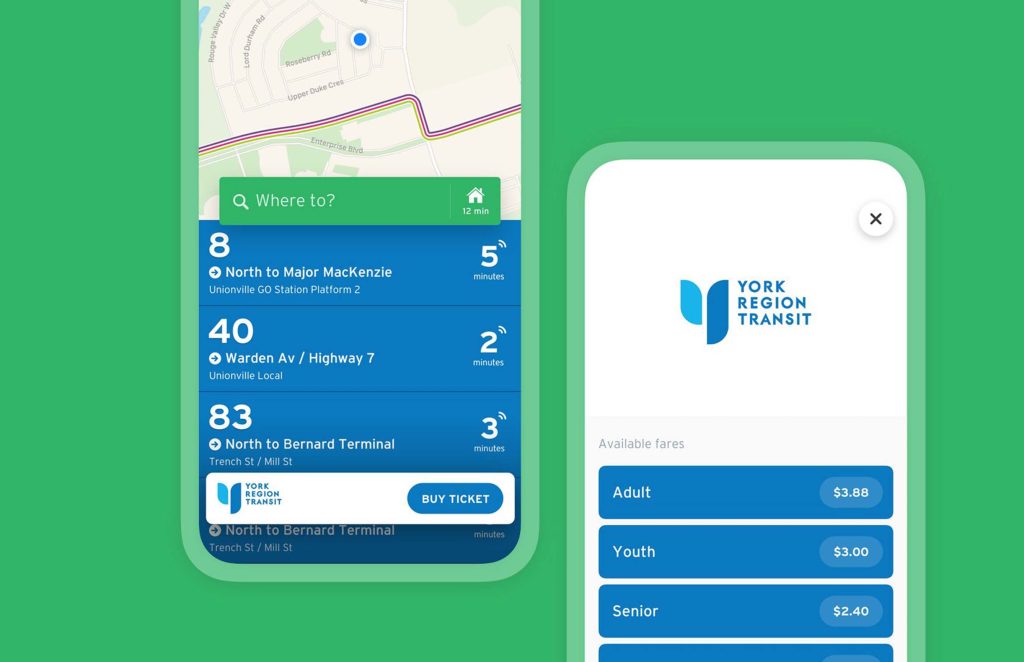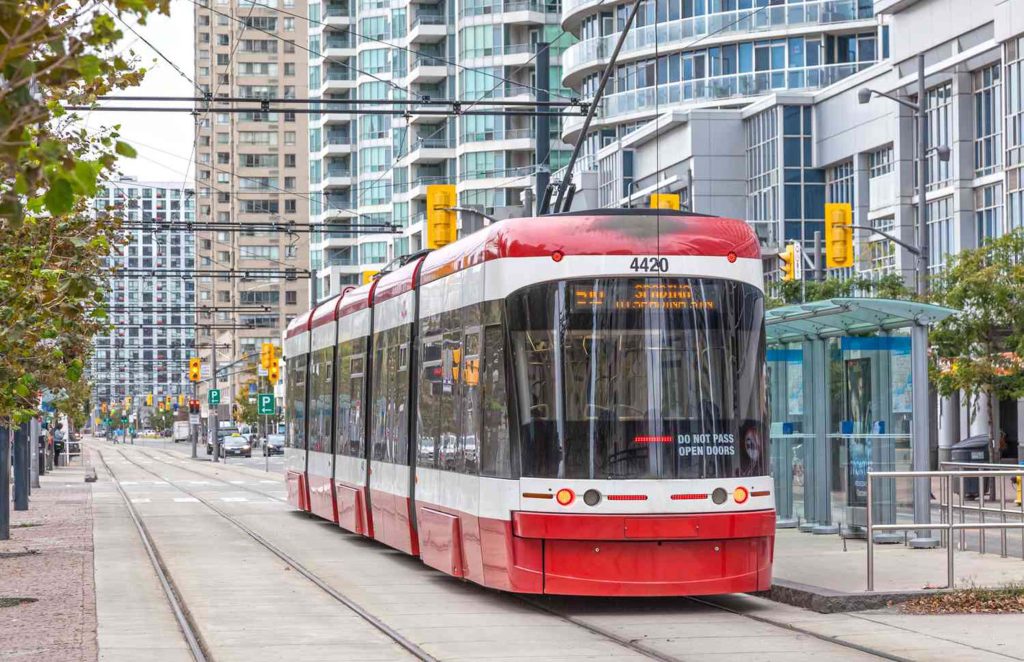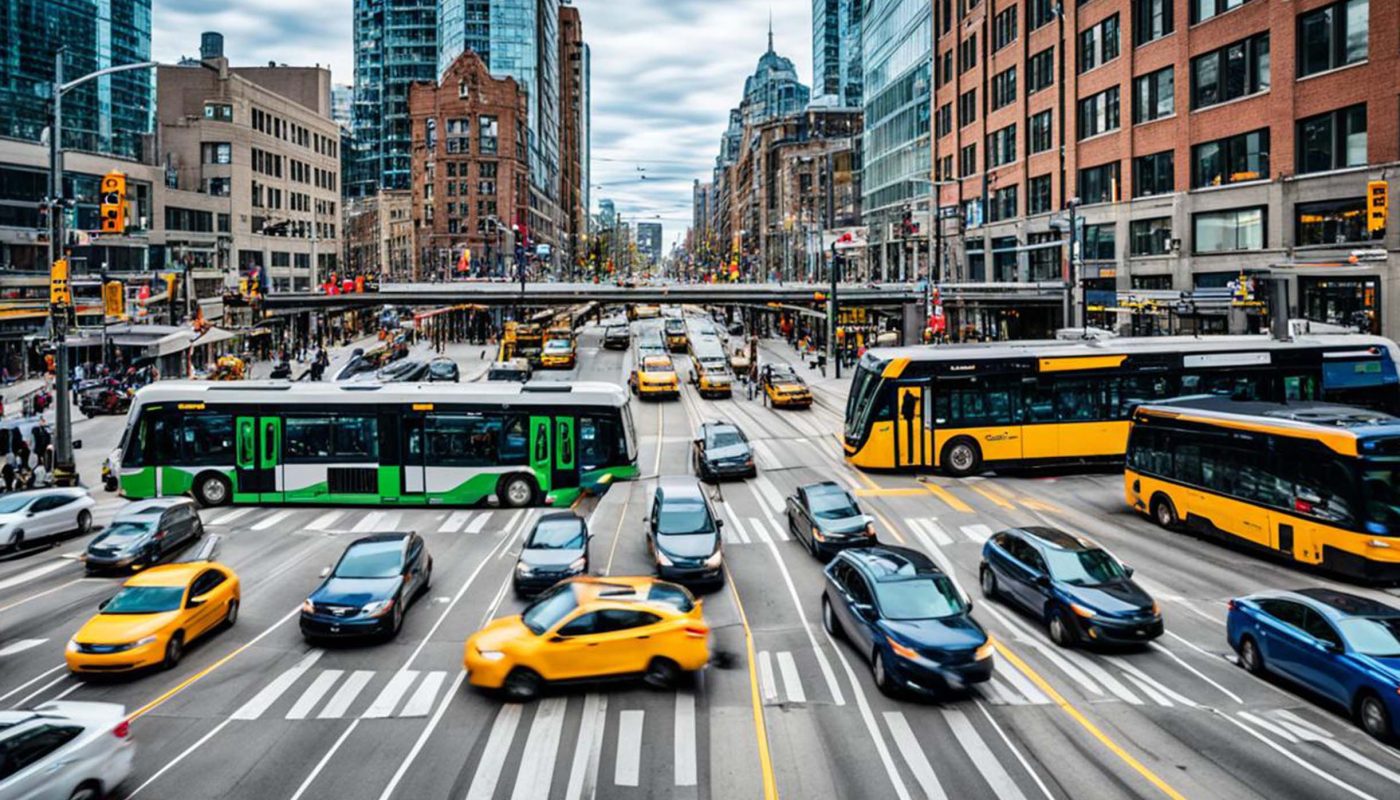Toronto, a bustling metropolis, is renowned for its diverse neighborhoods, iconic landmarks, and vibrant cultural scene. One of the best ways to experience all that Toronto has to offer is by using the city’s public transport system. During my recent visit, I relied heavily on Toronto’s public transit to get around, and I’m excited to share my comprehensive guide to navigating the city with ease.
1. Toronto’s Public Transport System
Toronto’s public transport system is managed by the Toronto Transit Commission (TTC), which operates a comprehensive network of buses, streetcars, and subways. The TTC covers most of the city and extends into some neighboring areas. For tourists and residents alike, this system provides a convenient and cost-effective way to explore Toronto.
Types of Public Transport
- Subways: Toronto’s subway system is a rapid transit network with four lines (Yonge-University, Bloor-Danforth, Sheppard, and Scarborough) that connect major neighborhoods and landmarks. The subways are reliable and efficient, making them ideal for traveling long distances across the city.
- Buses: The bus network covers areas not served by the subway. Buses are a great way to reach destinations in the suburbs or areas farther from the city center. They are also useful for short trips within neighborhoods.
- Streetcars: Toronto’s iconic streetcars run along major routes, providing a scenic and nostalgic way to get around. The streetcars are particularly popular in areas like Queen Street West and College Street.
2. Getting a TTC Pass or Ticket
Payment Options
Navigating the TTC requires either a pass or a ticket. Here’s a breakdown of your options:
- Presto Card: The most convenient option is the Presto card, a reloadable smart card used for travel across various transit systems in the Greater Toronto Area. You can purchase and load a Presto card at various locations, including subway stations, retail stores, and online. Tapping the card on the reader at the beginning and end of your journey ensures a smooth travel experience. The Presto card offers discounted fares compared to cash tickets.

- Single Ride Tickets: If you prefer not to use a Presto card, you can buy single ride tickets at subway stations, some retail outlets, and vending machines. These tickets are valid for one ride on the subway, streetcar, or bus but are not transferable.
- Day Passes: For those planning multiple trips in one day, the Day Pass provides unlimited travel on the TTC for one day. It’s a cost-effective choice if you’re exploring various parts of the city.
Where to Buy
Presto cards and tickets can be purchased at TTC subway stations, including Union Station, where there are dedicated machines and customer service desks. Many convenience stores and select retail outlets also sell Presto cards and tickets. If you prefer to buy online, you can order a Presto card through the official website and have it delivered to your address.
3. Navigating the TTC System
Subway System
The subway is my go-to mode of transport when I need to cover longer distances or travel quickly across the city. Toronto’s subway system is clean, efficient, and easy to navigate.
- Maps and Signage: Subway stations are well-marked with clear maps and signs. The Toronto subway map, available at stations and online, provides a detailed overview of the entire system. Each subway line is color-coded, which simplifies navigation.
- Transfers: Transfers between subway lines are straightforward. For example, if you need to switch from the Yonge-University line to the Bloor-Danforth line, you can do so easily at the St. George station. Transfer points are clearly indicated on the subway map.
- Peak Hours: The subway system is busiest during rush hours (8-9 AM and 5-6 PM on weekdays). If possible, try to avoid traveling during these times to ensure a more comfortable journey.
Buses and Streetcars
Buses and streetcars complement the subway system, covering areas that are not accessible by subway.
- Bus Stops: Bus stops are marked with blue and white signs, and schedules are posted at each stop. The TTC website and mobile apps provide real-time updates on bus arrivals, which is particularly useful for planning your trips.
- Streetcar Routes: Streetcars are a unique part of Toronto’s transit system. They run along designated routes and are a pleasant way to see the city. Streetcar stops are indicated by green and white signs. Popular routes include the 501 Queen and 506 Carlton lines.
- Transfers: You can transfer between buses, streetcars, and subways using the same fare if you’re using a Presto card. Simply tap your card when you board each vehicle.
4. Tips for Using Public Transport in Toronto
Planning Your Route
- Transit Apps: Several mobile apps can assist with route planning and real-time updates. The TTC’s official app provides information on schedules, route maps, and service alerts. Google Maps is also an excellent tool for planning your journey and checking transit times.

- Google Maps: Google Maps offers detailed transit directions and estimated travel times. You can input your starting point and destination, and it will provide you with various transit options, including subway, bus, and streetcar routes.
Safety and Etiquette
- Personal Safety: Toronto’s public transport system is generally safe, but it’s always wise to stay alert. Keep your belongings secure and be mindful of your surroundings, especially during late hours.
- Respectful Behavior: While riding the TTC, it’s important to be courteous to other passengers. Give up your seat to those who need it more, such as the elderly or disabled, and keep noise levels to a minimum.
Accessibility
Toronto’s public transport system is designed to be accessible. Most subway stations and buses are equipped with elevators and ramps to accommodate passengers with disabilities. The TTC website provides detailed information on accessible transit options and services.
5. Exploring Beyond Toronto: Regional Transit Options
For those planning to explore areas beyond Toronto, the city is well-connected by regional transit systems.
- GO Transit: GO Transit operates regional trains and buses that connect Toronto with nearby cities and towns, including Mississauga, Brampton, and Hamilton. The GO Train is a comfortable option for day trips or longer journeys outside the city.
- UP Express: The Union Pearson Express (UP Express) connects Pearson International Airport with Union Station in downtown Toronto. It’s a quick and convenient way to travel between the airport and the city center.

Toronto’s public transport system is an excellent way to explore the city efficiently and affordably. With its well-connected subway, bus, and streetcar networks, navigating Toronto is straightforward, even for first-time visitors. By understanding the different transit options, purchasing the right passes or tickets, and using the available tools and apps, you can make your Toronto experience both enjoyable and hassle-free.
Whether you’re heading to iconic landmarks like the CN Tower or exploring trendy neighborhoods like Queen Street West, Toronto’s public transport will help you get where you need to go with ease.



